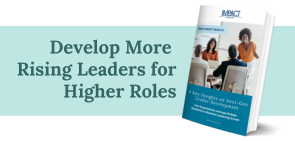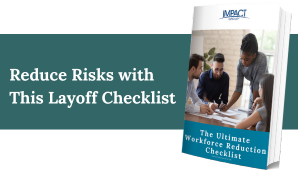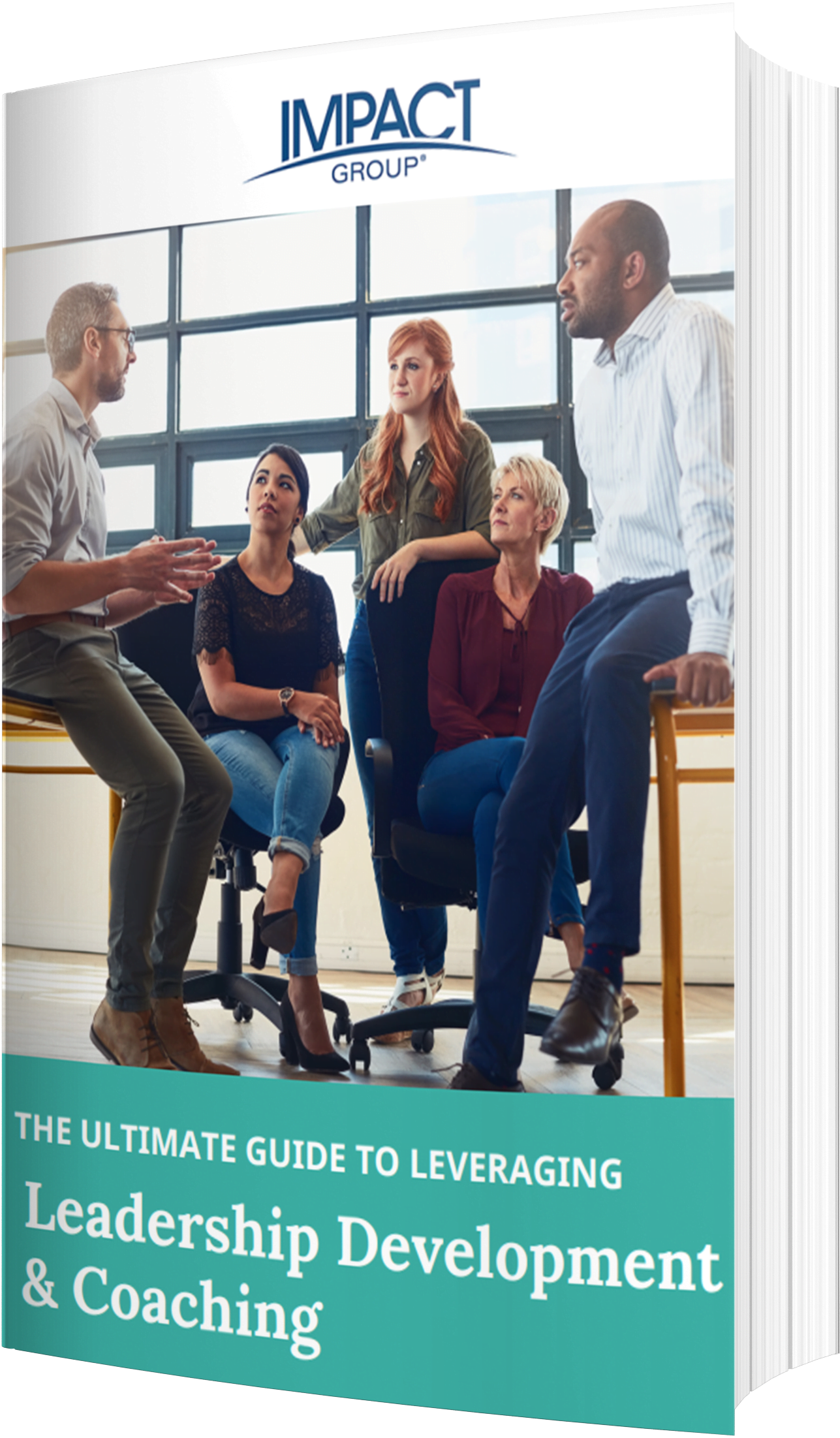As an HR manager, you are likely faced with the challenge of developing leaders who can adapt to rapidly changing business needs. Organizational leadership coaching offers a tailored solution to these challenges; focusing on personal development, decision-making, and improving team dynamics.
This guide will help you understand how investing in organizational leadership coaching can not only accelerate individual growth but also drive organizational success.
By the end of this article, you’ll have actionable insights on:
- The ROI of executive coaching
- Best practices for selecting between internal and external coaches
- Leveraging leadership coaching at scale for maximum impact
Why are more HR managers shifting towards organizational leadership coaching?
The reason is simple – it works.
Return on investment: According to the International Coaching Federation (ICF), 86% of organizations saw a return on their coaching investments. A Metrix Global study found that executive coaching had a 788% return on investment (ROI).
Improved performance: Over 70% of people who receive coaching see improvements in their work performance, relationships, and communication skills.
Increased employee engagement: Business coaching can increase employee engagement by 67%.
Over half of HR leaders who participated in IMPACT Group’s Leadership Study said their organizations plan to expand the use of coaches to develop individuals and teams – especially those working virtually. In addition, the majority of organizations say they need to develop a focused program for emerging leaders.
The ROI of Leadership Coaching for Organizations
What about the ROI of adding coaching to your training budget?
Well, it appears that investing in leadership coaching has been proven to deliver substantial return on investment (ROI).
A report by PwC and the Association Resource Center found that companies experienced an average return of seven times their initial investment in coaching programs. Additionally, corporate coaching budgets increased from $1 billion in 2010 to nearly $3 billion by 2022, emphasizing the growing trust in coaching as a performance-enhancing tool.
This further highlights the need for a focused coaching program, not just for top-tier leaders but also for emerging and mid-level managers.

Investments in Organizational Leadership Coaching Produce Results
Leadership training initiatives are focused on financial performance, as well as employee engagement metrics.
And it appears that investments in building a coaching culture produces solid results in both.
High levels of engagement: According to the ICF study, Building a Coaching Culture with Millennial Leaders, “Organizations with a strong coaching culture report that 61% of their employees are “highly engaged,” compared to 53% from organizations without strong coaching cultures.”
Improved financial performance: In terms of financial impact, “46% of respondents from organizations with a strong coaching culture report their revenue to be above their peer group, compared to 39% from all other organizations.”
Why is this?
Implementing hyper-personalized coaching guides leaders to put teachings into practice, as well as modeling new behaviors.
Building a coaching culture guides leaders in not only in learning new skills, but in putting those teachings into practice. Creating hyper-personalized coaching involves several tools, such as leadership assessments, curated content, and structured coaching sessions.
What’s more, your managers and leaders stay on-track with real-time tasks. The coach focuses on developing skills that allow them to handle issues, problems, and opportunities they face in their day-to-day roles.
Leveraging Online Learning for Organizational Leadership Coaching
Many organizations who use online learning platforms focus on soft skills. However, it’s worthwhile to leverage this for organizational leadership development that can be scaled cost-effectively to yield tangible results.
What Online Learning Platform should you use?
LinkedIn Learning® is the favored platform for leader development, based on IMPACT Group’s survey of CHROs and leadership development experts. Forty-three percent (43%) leverage LinkedIn Learning® for leadership development.
Why Linkedin Learning®?
As of 2024, LinkedIn has over 1 billion members in more than 200 countries and territories.
LinkedIn Learning® offers high-quality content in delegating tasks, leading with emotional intelligence, improving employee performance, managing change, giving and receiving feedback, coaching employees, and many other management skills.
Adding a coaching element to this well-established platform is a cost-effective and scalable way to upskill many of your frontline and middle managers at scale.
Scaling Leadership Coaching for Maximum Organizational Value
The positive effects of coaching can cascade throughout an organization, improving overall team performance. Often, colleagues will also report improvements in their ability to engage, communicate, and collaborate with leaders who have been coached.
Coaching can be affordable at scale: Adding organizational leadership coaching to your offerings is easier than you think.
Here’s an example:
A year-long coaching engagement for an executive normally costs around $30,000 or more. Nowadays, you can expect to pay as little as $2,500 to $5,000 for a coaching program that addresses the needs of an emerging leader. The costs vary depending upon the coaching program components, coaching talent, and the number of sessions.
Furthermore, to increase scale to more middle managers, IMPACT Group developed Link Learn Coach™. This affordable microcoaching program empowers leaders to increase their effectiveness in just eight weeks. “Link Learn Coach™ let’s you develop managers at scale because it’s effective microcoaching at a micro price,” notes IMPACT Group CEO Lauren Herring.
Internal vs. External Coaches: How to Choose the Best Fit for Your Organizational Leadership Coaching Needs
So you’re ready to implement coaching into your organization. But what do you choose to ensure the best cultural fit?
There are two options: internal coaches or external coaches.
The main thing is to consider how they will support your company’s leaders. They will be guiding them through transitions and giving them a sounding board for employee conversations, issues in the organization, and other management challenges they face.
Here’s some initial questions to consider when choosing an in-house coach, external coach, or mix of the two:
1. Does your organization need a fresh perspective?
An external coach can be the best bet when it comes to pointing out your blind spots. A pair of “fresh eyes” can notice something that might have been overlooked and assumed to be “normal” inside the organization. As SHRM advises, “An external coach is not burdened with preconceptions about either the employee or the organization. This means that they can often see things that are not obvious to the coachee’s manager or people embedded in the organization’s culture and processes.”
2. At what level in the organization is the employee?
Internal coaches may be sufficient when working with junior employees. However, it’s tough for an in-house coach to work with more senior leaders. Why? An internal coach may not feel comfortable challenging a senior leader. A power imbalance inherent in the relationship between an internal resource and a member of the top leadership team will doom the success of most coaching sessions. The coach’s problem is twofold: First, it is tough to speak truth to power in many organizations – and keep your job. And second, the internal coach may lack credibility in the eyes of the senior C-suite leader.
3. Will your leaders feel they can be open and honest?
Do you want your leaders to know they can speak freely and feel unencumbered by office politics? With an internal coach, an employee may worry about their privacy. External coaches can ensure confidentiality so your talent feels more comfortable.
4. Do you need results in a short time?
An external coach doesn’t have the responsibilities of an internal manager. This means the coach can give their undivided attention to coaching leaders. Again, SHRM states that retaining an external coach “can lead to an intensive, high-energy form of coaching that can produce significant results in a short time.”
5. Do you need bilingual coaches? Or speak another language?
Language requirements may cause you to seek out an external coach as well.
6. Does your talent need help to navigate internal processes?
An external coach is a solid choice when it comes to providing industry knowledge. But suppose an employee is having a tough time assimilating into a new organization. In that case, an internal coach might be more effective to make the new leader more aware of cultural or organizational “landmines” and advise accordingly.
External Versus Internal Coaching: What’s Needed
We’ve looked at what makes these organizational leadership coaching styles different. But what should be the same across the board?
- Emotional Intelligence In Coaching: Whether coaching leaders or another talent, both internal and external coaches should act with a high level of responsiveness and emotional intelligence.
- Active Listening: They should be able to listen, give actionable feedback and urge people toward positive change – sometimes in their attitude as well as behaviors.
- Professional Standards: Most importantly, professional coaches don’t just “wing it.”Qualified leadership coaches follow a coaching method or model. They also act according to established policies and procedures around confidentiality, billable time, and any potential conflicts of interest.
“Organizations continue to seek coaches who exude necessary qualities, such as listening actively, establishing trust and maintaining high professional standards. Additionally, organizations must ensure that internal and external coach practitioners and managers/leaders using coaching skills have received the appropriate amount of training. Of course, the company must also actively evaluate the coaching program to determine its effectiveness and return on investment (ROI) to maintain continued support and investment.” – IFC
Effective Leadership Coaching Programs for Your Organization
We hope this guide has helped you decide on how to tailor organizational leadership coaching in your company and choose the right coach to upskill your leaders!
Want to share your thoughts about coaching with an outside sounding board? Book a call with us – we’d be happy to talk through the options below – without any commitment on your part or sales pressure.
- Affordable and scalable coaching programs that combine microcoaching sessions with online learning to help your organization reach more frontline and middle managers A cohort-based series of seven online sessions, application discussions with peers and one’s manager, as well as a final presentation
- An assessment plus coaching package that pairs 360 feedback with coaching as a powerful accelerator for both self-awareness and what to do about it.
- A highly customized, one-on-one wraparound coaching engagement that adds coaching to your existing program. Book a call below to learn more.










